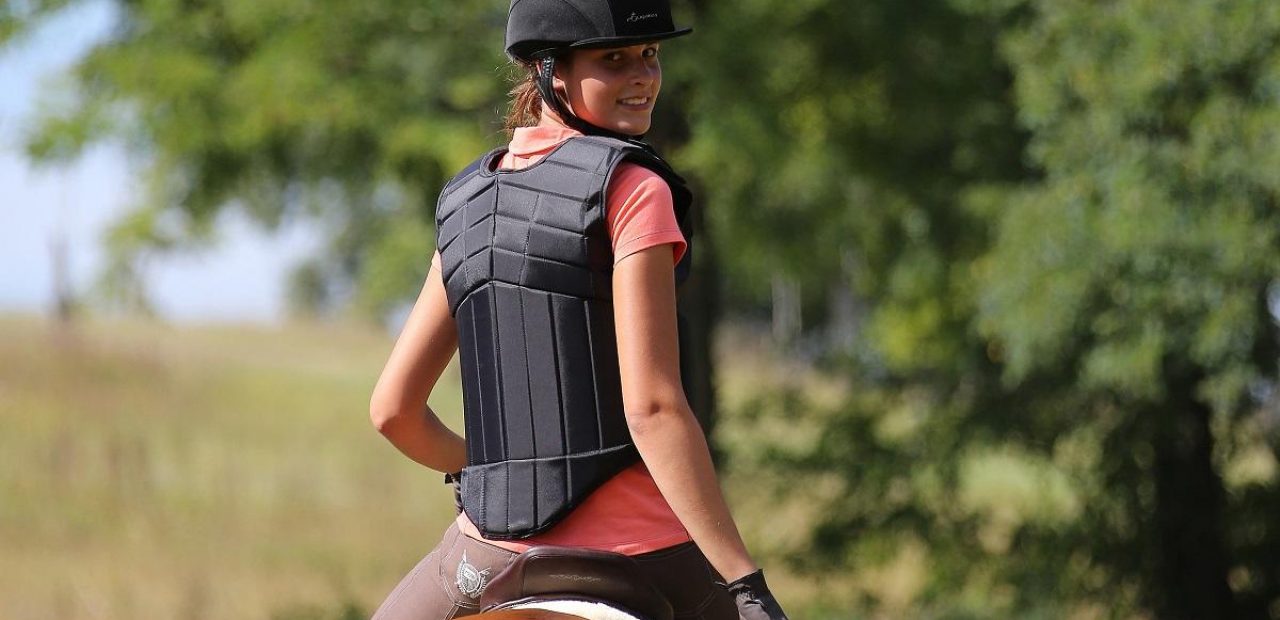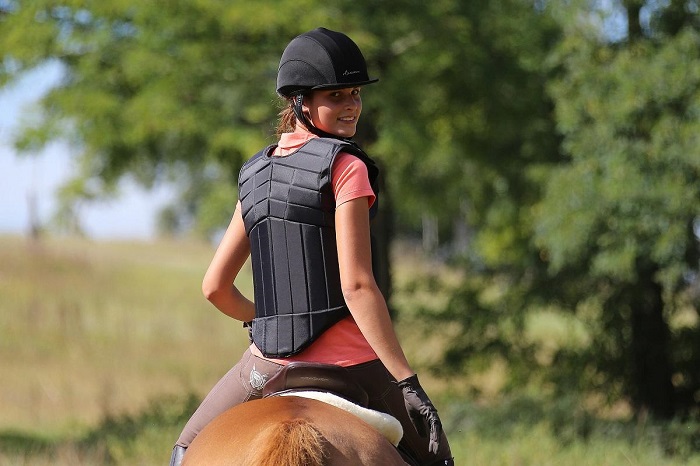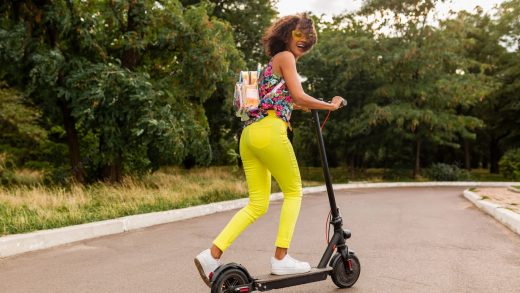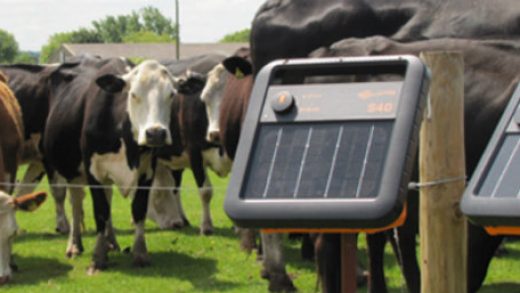3 Easy Steps to Choose the Right Horse Riding Helmet
Why should you wear a helmet when horse riding? Well, the answer is obvious. Even studies have shown that when those who wear a helmet fall off a horse, they have a better chance of preventing skull injuries than those who don’t wear one.
Aside from that, you have to admit that you look way more professional when wearing one, right? So, if you’re on the market for a helmet, here are three easy steps to determine the right one for you.
Source: blog.decathlon.in
Contents
Select Only Approved Riding Helmets
This doesn’t need any special explanation. You need to make sure that the riding helmet you’re going to purchase is approved to meet the quality standard of a respected organization within your country. Certifications of regulations guarantee that the manufacturer is reliable, and the safety and quality of the helmet are tested.
Some helmets might look appealing and cheaper, and there’s no problem with that, as long as you make sure they meet the safety criteria. A word of caution though – just because you paid more, that doesn’t necessarily mean that your helmet is safer than the cheaper ones. One of the reasons might be that you’re paying extra for a more stylish designer product that doesn’t do anything in terms of safety. Therefore, pay close attention when choosing riding helmets for horses and always check what’s written on the label. If the helmet has passed the quality standards, then your head’s going to be fine.
Choose a Helmet According to Your Skill Level
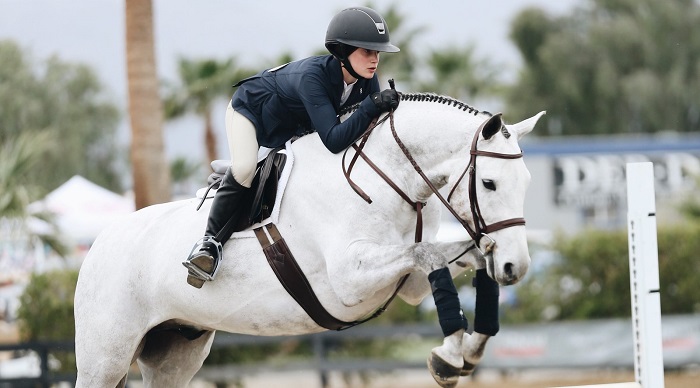
Source: www.farmhousetack.com
You can further narrow down your search by taking into account your skill level. In other words, choose a horse helmet that is more appropriate for the technique you use. For instance, if you get your horse ready by yourself and you practice intensive riding, horse helmets should have a soft fabric lining inside for more comfort, foam padding and an effective ventilation system.
If you’re going to perform jumps, you should not wear a visor so you can see where you’re going. Instead, you may go for a wider and thicker helmet which will protect you from the blows of the branches and the sun. The traditional velvet helmets are stylish and classy, and you can wear them for certain events and contests, but they are not for day to day use. So, stick to them only when you need to take part in a show.
Almost all helmets come with a ventilation system, and this is an important feature to be considered especially if you ride in hot weather conditions. When you’re riding at high temperatures for an extended period of time, it is important that your head transpires. This isn’t solely important for comfort, but also for safety as you want to avoid the risk of overheating.
If you are just getting into horse riding and are yet to master horse dressage gaits, you should be looking at lighter, easy-to-adjust helmets that will fit you snugly. Some models come with a dial at the back that can be adjusted to your head size, These are also recommended for children, so that the helmet can grow with the child as they get older. Also, you may want to opt for a helmet with a removable liner so that you can wash it easily.
Pick the Right Size
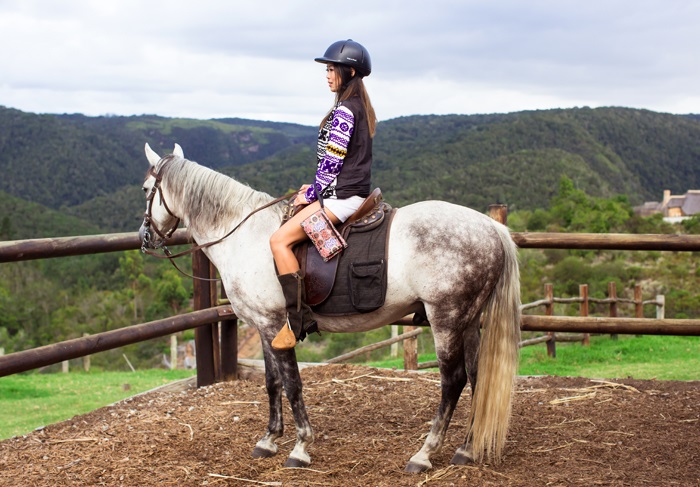
Source: songofstyle.com
A helmet that doesn’t fit properly on your head is useless for your safety. To find the right size, you must know your head measurements. Manufacturers usually indicate sizes S, M, L or XL and provide a size chart with the measurements of each.
There is a variety of restraints found on riding helmets, and it’s recommended that at least two restraints should be adjustable regardless of your measurement because each head has its own anatomy and restraints will help you to adjust the helmet properly.
Once you’ve narrowed down your search to a type of helmet, make sure that the following things are in order:
- The case should be a few centimetres above the eyebrows, approximately between 1.25 and 2.5 cm;
- You should be able to put the finger between the tape and your neck;
- When you move your head to the sides and up or down, the helmet should remain in place. It should be firm, but not squeezing or bothering you.
Things to Remember
The main purpose of a helmet is to absorb impacts and prevent head injuries. The most frequently used material is expanded polystyrene, which in the event of an impact, expands and shields the protected area, in the same way as a car bumper.
But just because the helmet is compulsory, it doesn’t mean it can’t be comfortable to wear. Today’s riding helmets for horses are far away from the ones used in the past. They come in a variety of designs, from the traditional velvet models to more technical styles with modern finishes. In recent years, comfort has been prioritised and manufacturers came up with helmets that feature comfortable foam padding and ventilation systems that keep the head cool.
Of course, even if you’ve invested in the best of helmets, it’s still your responsibility to take care of it properly and make sure it serves you for years to come. Here are some maintenance tips that happy to helmets for riding horses:
To limit dirt and scratches, store and carry your helmet in a specially designed protective bag;
Clean the inside regularly, as the inner lining is safe to machine wash. Don’t forget to use a spray cleaner for helmets;
Don’t expose your helmet to heat sources (the back seat of a car etc.) as this can damage the helmet and reduce its protective performance.

